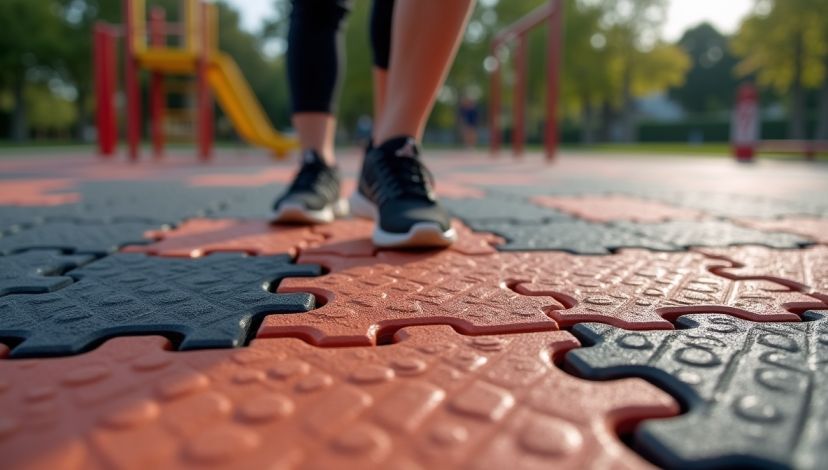When it comes to the human body, especially intimate parts like the vagina, people often have many questions. One common topic that arises is the difference between an “innie” and an “outie” vagina. While these terms are frequently used to describe physical appearance, they aren’t medically significant, but understanding them can help promote body acceptance and self-awareness. In this blog post, we’ll explore the differences between innie vs outie vagina types, their implications, and why they should not be a source of concern.
Key Points:
- The terms “innie” and “outie” are commonly used to describe the appearance of the vulva.
- These variations are entirely normal and natural; both types can be healthy.
- There are no medical differences between innie and outie vaginas, though appearance may vary for different reasons.
What Are Innie and Outie Vaginas?
The terms “innie” and “outie” refer to the external appearance of the vulva, specifically the inner labia (the lips around the vaginal opening). An innie vagina means that the inner labia are positioned inside the outer labia, not visible or protruding outside. In contrast, an outie vagina refers to the inner labia being visible or protruding out of the outer labia.
It’s important to note that the terms “innie” and “outie” don’t refer to the internal vagina or reproductive organs, but just to the outer appearance of the vulva. These variations are a normal part of human diversity, and they don’t have any impact on a person’s health, sexual function, or ability to have children.
Why Do Some People Have an Innie Vagina While Others Have an Outie?
The appearance of your vulva, including whether it is an innie or outie, is determined by a variety of factors including genetics, hormonal levels, and individual growth patterns. Just like other body parts, everyone’s vulva is unique. For some people, the inner labia may be naturally smaller and hidden inside the outer labia, while for others, they may be longer and more visible.
There is no one “correct” or “normal” way for a vulva to look. The variety in appearance is simply a result of the natural diversity of the human body. It’s also possible for someone’s vulva to change over time, particularly during puberty, pregnancy, or after childbirth.
Is There Any Difference in Health Between an Innie and Outie Vagina?
No, there is no health difference between an innie and outie vagina. Both are perfectly normal, and neither is associated with any health issues or risks. The size or appearance of the inner labia does not affect vaginal health, sexual pleasure, or the ability to have a healthy pregnancy.
However, some people may experience discomfort if their inner labia are longer or more exposed, especially during physical activities like biking or certain sexual activities. In rare cases, the condition known as labial hypertrophy can cause significant discomfort, but it is not related to whether the labia are “innie” or “outie.” People with this condition may opt for labiaplasty, but this is a personal decision and not medically necessary unless it causes issues.
How Do Innie and Outie Vagina Types Affect Sexual Health and Experience?
Innie and outie vaginas do not affect sexual health in a negative way. The internal structures of the vagina remain the same, regardless of the outward appearance. For instance, sexual pleasure is influenced by factors such as clitoral sensitivity, emotional connection, and physical stimulation, not the shape of the vulva.
Sexual experience can vary greatly from person to person, and external appearance doesn’t play a significant role in this. People with innie vaginas or outie vaginas can experience pleasure, orgasm, and satisfaction in the same way. As with all bodies, the key is understanding one’s own anatomy and communicating with a partner about comfort and preferences.
Can You Change the Appearance of Your Innie or Outie Vagina?
Some people may consider changing the appearance of their vulva for aesthetic reasons or to alleviate discomfort. This could involve labiaplasty, a cosmetic surgery to reduce the size of the labia. However, it’s important to understand that labiaplasty is a personal choice and is not medically necessary unless there is pain or discomfort.
Note: It is essential to consult a medical professional before considering any changes to your body, especially when it comes to sensitive areas like the vulva.
Many individuals choose to embrace their natural anatomy, and medical experts generally recommend this approach unless there are clear physical or emotional concerns.
Innie vs Outie Vagina: Myths vs Facts
It’s essential to break down some common myths surrounding the appearance of the vagina. There are several misconceptions that may cause individuals to feel insecure about their bodies, especially when it comes to differences in vulva appearance.
Myth 1: Outie Vagina Types Are Unhealthy
Fact: Whether your vagina is an innie or outie, it doesn’t impact your health. The outer appearance is simply a matter of anatomy and genetics, with no influence on sexual or reproductive health.
Myth 2: Innie Vagina Types Are More Desirable
Fact: Every vulva is unique, and there is no universally preferred appearance. Desirability is subjective, and beauty standards differ from person to person.
Note: The appearance of your vulva should never be a source of shame. All bodies are valid and beautiful in their natural form.
Conclusion: Embracing Body Diversity
The concept of innie vs outie vagina is an example of how diverse human bodies can be. It’s important to remember that these differences are purely aesthetic and don’t affect your health or sexual function. Embracing the diversity of the human body and understanding that everyone’s anatomy is different can help reduce stigma and foster self-acceptance.
Key Takeaways:
- Both innie and outie vaginas are normal and healthy.
- The appearance of the vulva is determined by a variety of factors, including genetics.
- There is no need for concern or cosmetic intervention unless discomfort arises.
By accepting and appreciating body diversity, we can shift the conversation away from harmful beauty standards and toward a more inclusive, supportive view of our bodies.
FAQ’s
Q1: Is there any difference in the internal structure between an innie and an outie vagina?
No, the internal structure of the vagina is the same regardless of whether it is an innie or outie.
Q2: Are there health risks associated with having an outie vagina?
No, having an outie vagina is completely normal and doesn’t pose any health risks.
Q3: Can the appearance of my vagina change over time?
Yes, hormonal changes, childbirth, and aging can all impact the appearance of the vulva.
Q4: Is labiaplasty necessary for people with an outie vagina?
No, labiaplasty is not necessary unless there is pain or discomfort caused by the size of the labia.
Q5: How can I embrace my body if I feel insecure about the appearance of my vagina?
Embrace the natural diversity of bodies. Understanding that all bodies are beautiful and unique can help build self-confidence.




